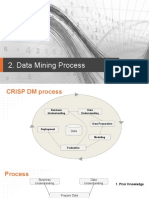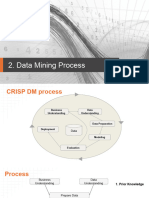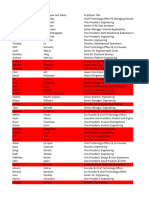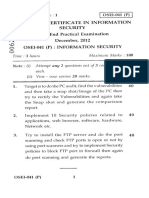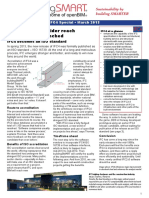0% found this document useful (0 votes)
12 views2 pagesData Mining Summary
A brief description of all the terminologies used under data mining.
Uploaded by
natemutua01Copyright
© © All Rights Reserved
We take content rights seriously. If you suspect this is your content, claim it here.
Available Formats
Download as PDF, TXT or read online on Scribd
0% found this document useful (0 votes)
12 views2 pagesData Mining Summary
A brief description of all the terminologies used under data mining.
Uploaded by
natemutua01Copyright
© © All Rights Reserved
We take content rights seriously. If you suspect this is your content, claim it here.
Available Formats
Download as PDF, TXT or read online on Scribd
/ 2















